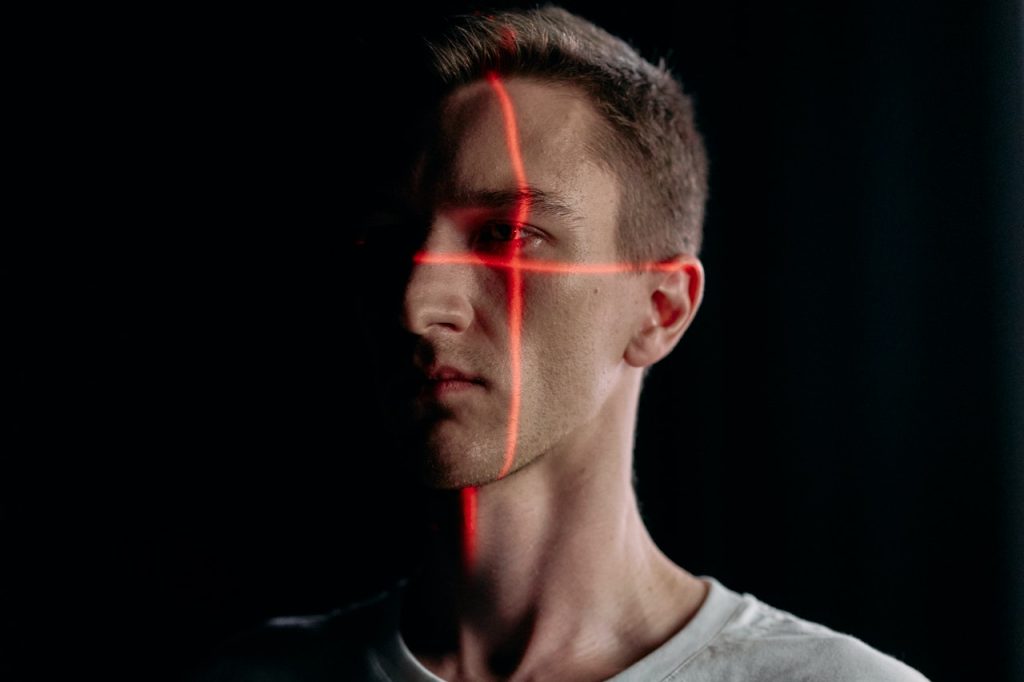
Scientists have for a long time tried to develop contactless heart rate monitoring, such as using cameras to measure subtle colour changes in the face from blood flow, but have been hampered by noise artefacts. Now, Japanese researchers have developed a way to pick up a clean signal by taking advantage of the pulse’s characteristic rhythm.
In the past decade or so, researchers tried to develop contactless heart rate (HR) measuring which avoids the discomfort and dermatitis risk of physical contact. An example is cameras that focus on the blood volume pulse (BVP), that causes slight temporal changes in facial skin colour captured in videos and which can be used for HR estimation. However, due to the small magnitude of these colour changes, the accuracy of HR estimation is adversely affected by facial movements, ambient lighting variations, and noise.
To address these challenges, a team of researchers from Japan have now developed a novel method that leverages the temporal characteristics of the blood pulse. Importantly, it builds on the ability of the pulse to exhibit quasi-periodic behaviour, which distinguishes it from noise artefacts. The study was led by Dr Yoshihiro Maeda, Junior Associate Professor, from the Department of Electrical Engineering at the Tokyo University of Science and is published in the journal IEEE Access.
The proposed method uses dynamic mode decomposition (DMD), a technique that analyses spatio-temporal structures in multi-dimensional time-series signals. It also employs adaptive selection of the optimal spatio-temporal structure based on medical knowledge of HR frequencies. “Our method, unlike previous applications of DMD, effectively models and extracts the BVP signal by incorporating physics-informed DMD in a time-delay coordinate system, taking into account the nonlinearity and quasi-periodicity of the BVP dynamics,” explains PhD student Kosuke Kurihara.
The proposed method relies solely on tracking time-series data from videos of a person’s face, eliminating the need for any attached detectors on the person’s body. In this method, the video time-series of the face, monitoring continuous changes, are converted into RGB time-series signals, which helps in extracting information of blood volume changes occurring beneath the skin. After effectively dealing with noise or misinformation that might creep into the data, the observed RGB signals are then converted to pulse wave information data.
Using the DMD method in a time-delayed coordinate system with conservative dynamics modeling, pulse waves containing major and accurate information can be extracted to estimate HR.
To demonstrate the efficacy of this method, the researchers used 67 facial videos from three publicly available datasets. The results of this method were then compared with other non-contact HR estimation methods. Interestingly, the proposed method adaptively selects the dynamic mode that contains the most pulse wave components, based on the knowledge of the typical range of pulse wave components. As a result, the method showed a 36.5% improvement in estimation accuracy compared to conventional methods, especially in scenes with ambient light fluctuations.
“This achievement is expected to play a significant role as a fundamental technology for vital monitoring systems in the medical and fitness fields. The breakthrough contactless method holds great potential for non-contact heart rate estimation in various applications, such as remote health monitoring and physiological assessments,” concludes Dr Maeda. Further research will be needed to explore techniques that incorporate multispectral information, which can contribute to reducing noise and improving the accuracy of the method.
Source: Tokyo University of Science

